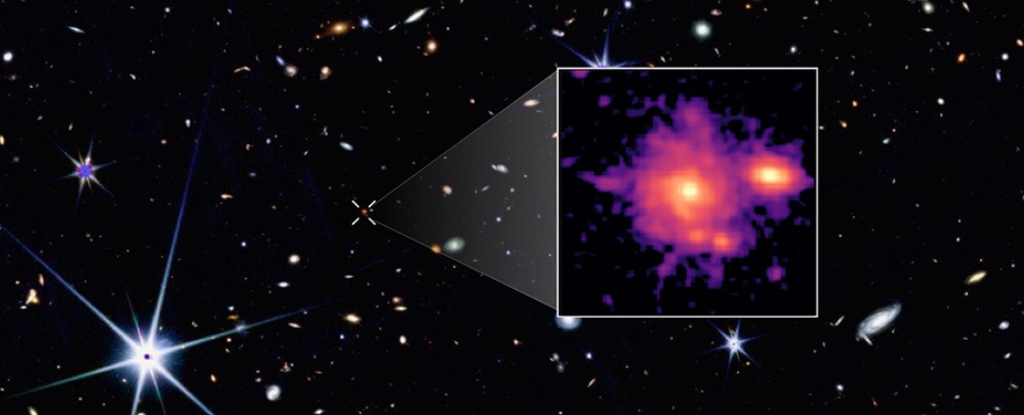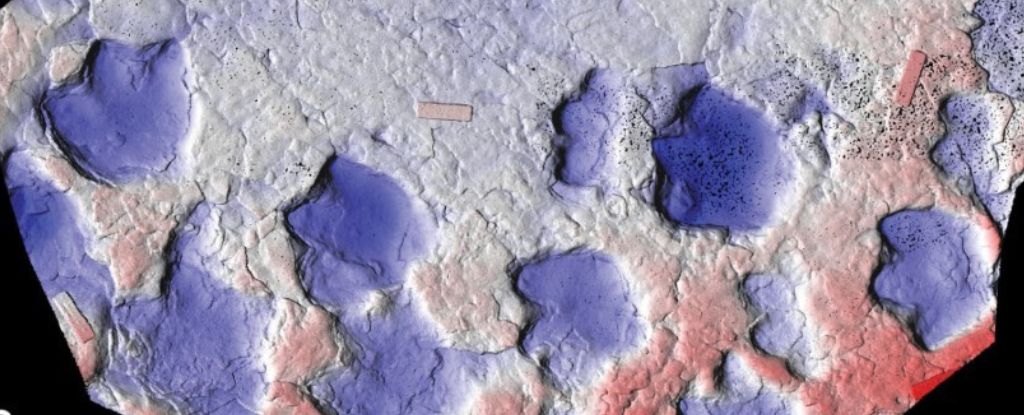Indian researchers have analysed a significant solar event using data from the Visible Emission Line Coronagraph (VELC) onboard the Aditya-L1 mission, as per reports. As India’s first solar observation mission, Aditya-L1 observed a Coronal Mass Ejection (CME) on July 16, 2024, providing valuable insights into the Sun’s dynamic outer atmosphere. This event, characterised by a massive ejection of solar plasma and magnetic fields, was studied in detail using emission at a specific wavelength of 5303 Å, known for its green hue caused by superheated iron atoms.
Launched on September 2, 2023 and successfully placed in a halo orbit around the Sun-Earth Lagrange Point L1 in January 2024, Aditya-L1 is positioned 1.5 million kilometres from Earth. According to reports, the mission aims to monitor solar activity and its impact on space weather. The findings related to the CME were published in The Astrophysical Journal Letter by researchers from the Indian Institute of Astrophysics.
Observations of Coronal Mass Ejection
Reportedly, the researchers identified a phenomenon known as coronal dimming, where the brightness of the Sun’s corona decreased by nearly 50 percent in the affected region due to the ejection of solar material. This dimming persisted for approximately six hours. The study also recorded a 30% increase in temperature and heightened turbulence in the region, marked by non-thermal plasma motion at a speed of 24.87 km/s.
Plasma Movement and Magnetic Influence
Doppler velocity measurements indicated that the plasma was redshifted, moving away from the observer at a speed of about 10 km/s, as per sources. The CME’s trajectory was influenced by the Sun’s magnetic field, which caused a deflection in the movement of the ejected material. This discovery underscores the importance of understanding magnetic forces in predicting the behavior of CMEs as they traverse interplanetary space.
These findings highlight the critical role of Aditya-L1 in unraveling the complexities of solar phenomena, paving the way for improved space weather predictions and advancing solar science.





